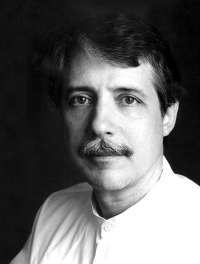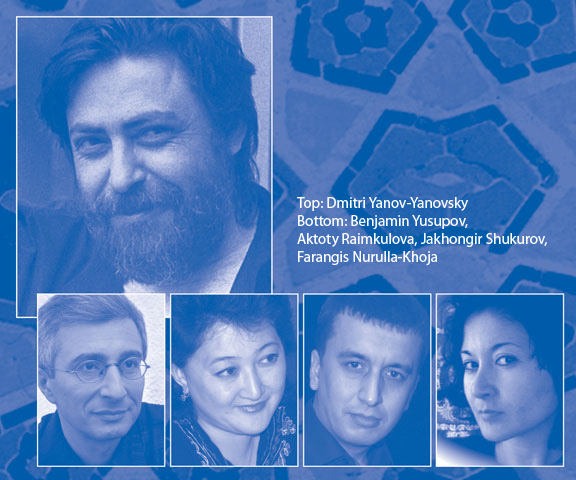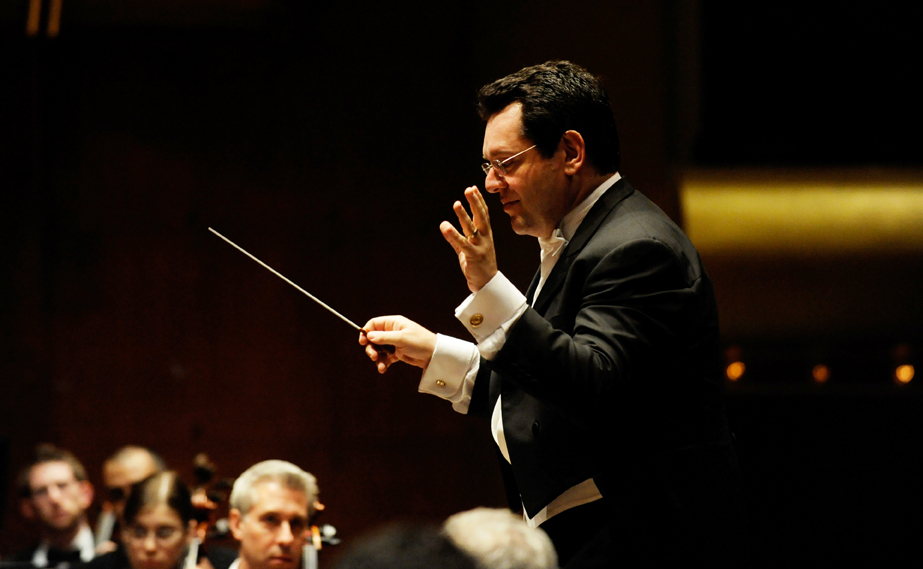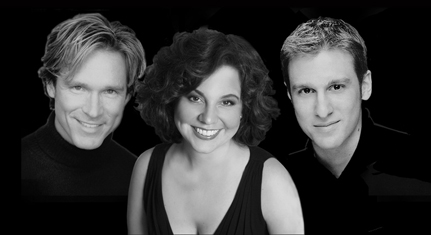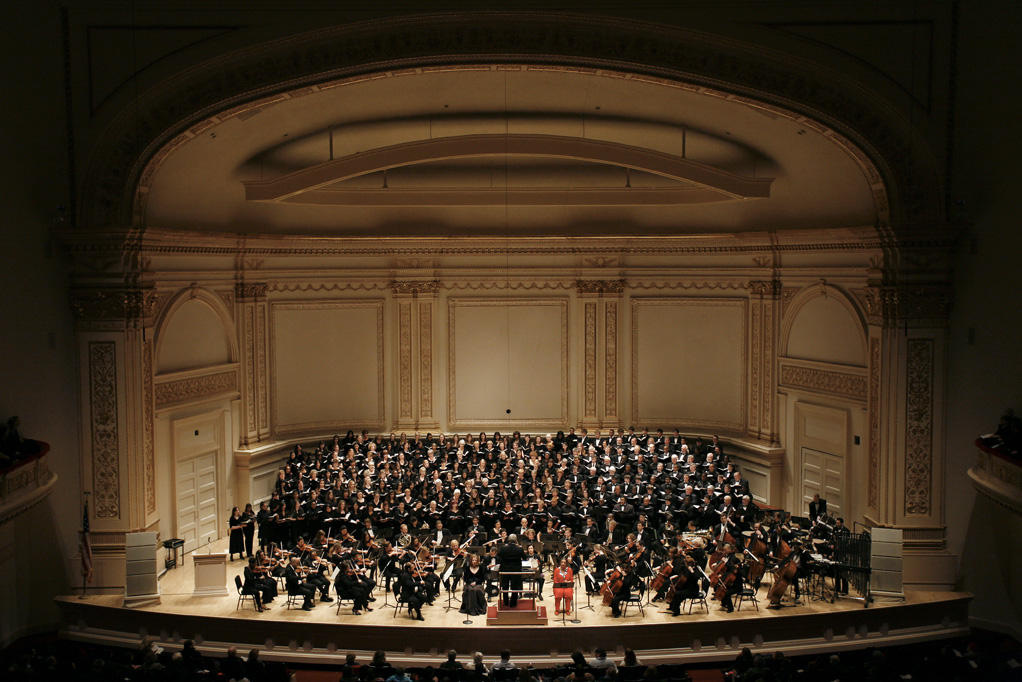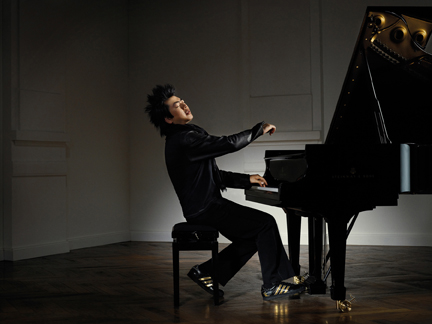Just less than a year ago, I had the pleasure of giving a rave review to Dan Franklin Smith in a recital of works by living composers. Though that first hearing set the bar very high, I was delighted, in his recent program entitled “La Vida Iberiana,” to find that my enthusiasm for his artistry has not waned.
Mr. Smith embarked on his musical tour appropriately with Turina’s “Sanlúcar de Barrameda,” named for the port in Spain from which explorers Columbus and Magellan set sail. The “Sonata Pintoresca” as it is subtitled, was resplendent with the colors and imagery of Spain (as suggested by titles of its four contrasting movements) and was played with virtuosity and sensitivity. Improvisational transitions that can sometimes sound vapid possessed life and inevitability, while trills that can easily sound meretricious were gripping and heartfelt. Mr. Smith strikes one as the kind of player whose integrity could probably ennoble even the most maligned and cliché-ridden works; in a world where Ravel is used for commercials and Liszt is played by cartoon characters, such playing is a much-needed antidote.
It is always a joy to see the still-underappreciated Mompou on a program, and Mr. Smith’s Cancion y Danza No. 6 that followed was no exception. I would have liked its phrases wrung a bit more of their inherent pathos, but that is perhaps a tall order after the exhausting and exhaustive Turina. It could also be that the piano was not cooperating (an Otto Altenburg in a highly reverberant church), but in any case, there was room for more dynamic nuance.
To close the first portion of the program was Infante’s “El Vito Variations”, which had some audience members humming with happy recognition. Though I confess I’ve always thought of the piece as unlikable kitsch (and yes, there’s some kitsch I like), Mr. Smith’s expert treatment came close to redeeming it for me.
“La Maja y el Ruisenor” (“The Maiden and the Nightingale”) by Granados (from Goyescas) opened after intermission. Once again, the piano did not seem ideally suited to the piece, but the pianist handled the tinnier treble lines with grace. Following the Granados came Surinach’s Cancion y Danza, No. 1, a nice but contrasting tie-in to Mompou’s work of the same title.
Representing Portugal, Vianna da Motta’s delightfully pianistic “Chula do Douro” (from Scenas Portuguesas, Op. 15) gave another perspective on “La Vida Iberiana,” albeit filtered through Lisztian ears. Mr. Smith played it with élan, setting a good backdrop for the plaintive opening of “Alma Brasileira” (Choros #5) by Brazilian, Villa-Lobos, played with a wonderful coloristic sense and plenty of atmosphere. Iberian influence on the New World entered the program here.
“Sin Rumbo” (subtitled Vuelvo al Sur or “Return to the South”) was a welcome taste of the ever-popular Piazzolla, and Santa Maria (#1 from Plenas) by Hector Campos-Parsi brought the musical tour to the infectious rhythms of Puerto Rico, energetically projected. The recital closed with André Previn’s “Three South American Sketches” (Festivo, Flor de Jardim, Mina d’Agua), played with the same brilliance and panache that I recall hearing when Smith played them last May, though now in a fresh context.
An enthusiastic audience received an encore of the famous Albeniz Tango in D (though the only word of the announcement we could make out was “Falla” so we were quite surprised – a hazard of not using a microphone perhaps).
All in all, it was another success for Mr. Smith, and also for Eve de la O, who has been dedicated to this music series, Musica de Camara, for 31 years.

